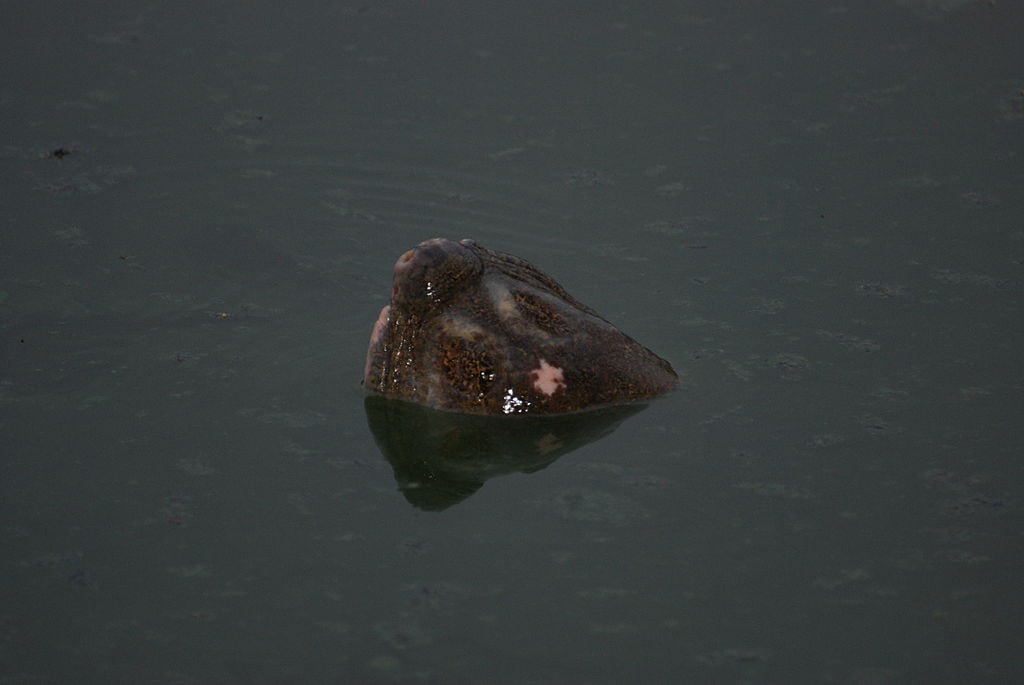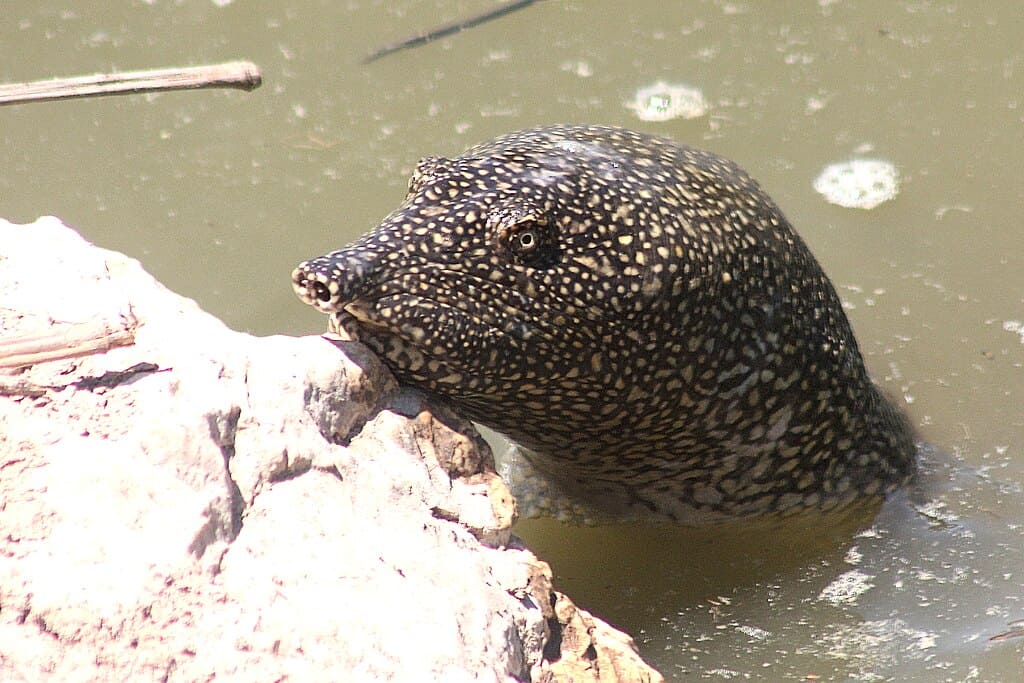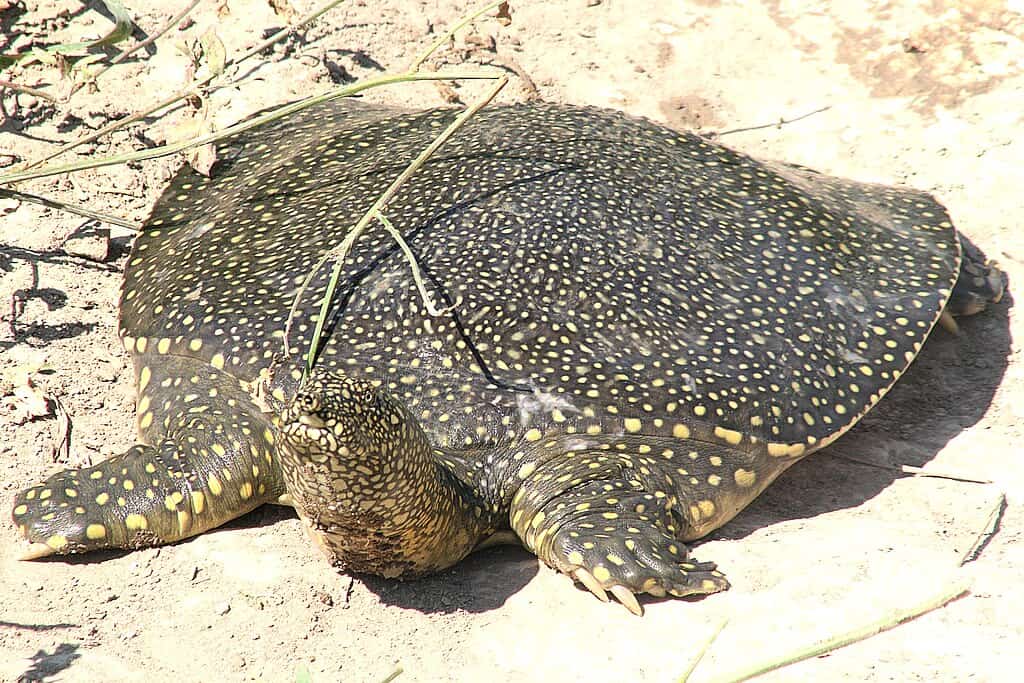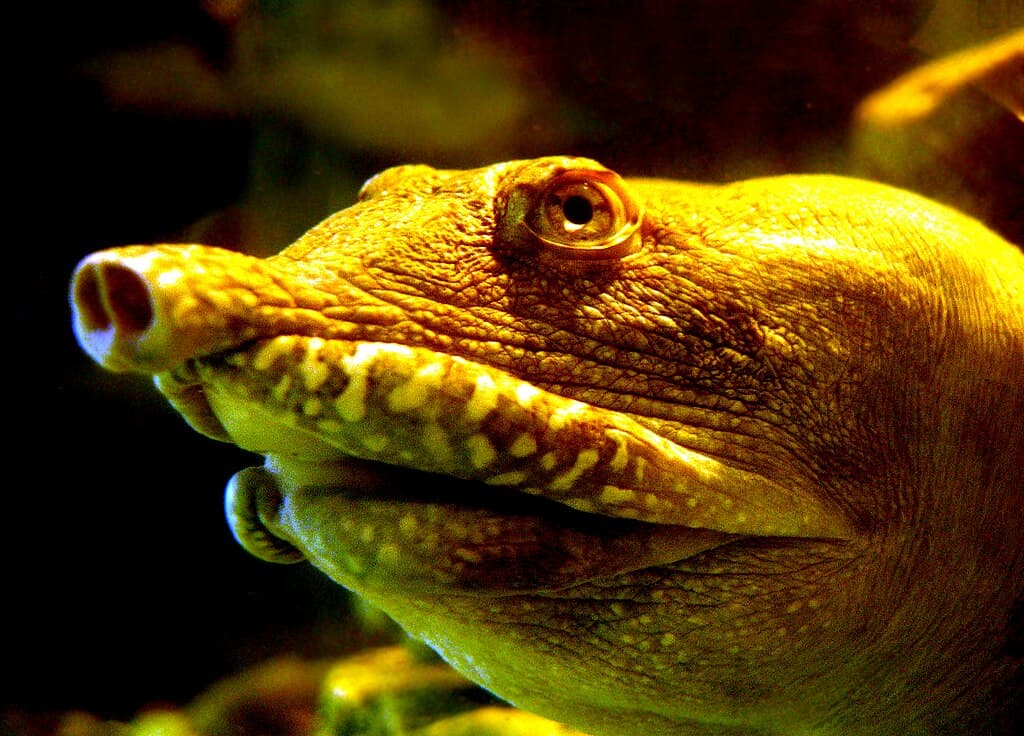The Yangtze Giant Softshell Turtle (Rafetus swinhoei), often referred to as the most endangered turtle species on Earth, is a poignant symbol of biodiversity loss. With fewer than five individuals estimated to be alive today, this critically endangered reptile faces the imminent threat of extinction. This article delves into the history, unique characteristics, and conservation challenges facing this extraordinary species, highlighting the urgent need for global attention and action.
A Glimpse into History The Disappearing Giant

The Yangtze Giant Softshell Turtle once flourished in the Yangtze River and its connected ecosystems across China and Vietnam. Historically, this species thrived in large water bodies, from sprawling lakes to vast rivers. Over the centuries, however, anthropogenic pressures, including habitat destruction, pollution, and the unsustainable use of water resources, have drastically reduced their population. By the end of the 20th century, sightings of these majestic creatures had dwindled, sounding alarm bells among conservationists worldwide.
Unique Characteristics More than Just a Turtle

The Yangtze Giant Softshell Turtle is not only notable for its size but also for its unique biological features. As one of the largest freshwater turtles, adults can weigh over 100 kilograms and measure up to a meter in length. These turtles are distinguishable by their leathery shells, long necks, and tubular snouts, adaptations that allow them to thrive in their aquatic habitats. Their diet is omnivorous, consisting of aquatic plants, fish, crustaceans, and mollusks, showcasing their adaptability and ecological significance in their natural environments.
The Dire State of the Species Too Few to Count

Despite the efforts to locate and protect existing populations, only a handful of individuals have been confirmed. As of recent reports, it is believed that only four known individuals of the Yangtze Giant Softshell Turtle remain, two of which were in captivity in China for breeding programs. The other two are suspected to be residing in the wild in Vietnam. The exact number is uncertain due to the difficulties in tracking and observing these elusive turtles, making their conservation an extraordinarily critical and urgent endeavour.
Conservation Efforts A Race against Extinction

Efforts to save the Yangtze Giant Softshell Turtle have been both innovative and challenging. Conservationists have been working tirelessly to breed the last known pair of turtles in captivity. A tragic setback occurred in 2019 when a female turtle died despite extensive attempts to ensure successful reproduction. Subsequently, attention has turned to locating additional individuals in the wild, employing various strategies like environmental DNA sampling and local community engagement to aid in potential rescue operations.
International collaborations have been crucial, with organizations such as the Wildlife Conservation Society (WCS) and the Turtle Survival Alliance (TSA) playing pivotal roles. These organizations work alongside local governments and researchers to implement conservation strategies that primarily focus on habitat restoration, anti-poaching measures, and increasing public awareness of the species’ plight.
The Role of Global Awareness and Participation

Ultimately, the fate of the Yangtze Giant Softshell Turtle highlights the broader issues of biodiversity loss and the urgent need for sustainable practices. Increasing global awareness about rare species is essential to garner the support necessary for conservation efforts. Possible actions range from funding research initiatives to supporting policy changes that prioritize wildlife protection and habitat conservation.
Education plays a key role; spreading knowledge about the importance of protecting such endangered species can help inspire a new generation of conservationists. As these turtles teeter on the precipice of extinction, every individual and collective action counts toward perhaps reversing the narrative of inevitable loss.
Concluding Thoughts: A Reflection of Human Responsibility

The Yangtze Giant Softshell Turtle serves as a stark reminder of the impact human activities have on the planet’s biodiversity. With fewer than five left, this majestic species is fighting for survival in an increasingly challenging world. It is within our capacity—and indeed our responsibility—to strive for their preservation, ensuring that future generations inherit a planet rich in natural wonders and ecological diversity.
While the road to recovery is fraught with challenges, the possibility of saving the Yangtze Giant Softshell Turtle still exists. Through concerted global efforts, innovative conservation strategies, and heightened public awareness, there remains hope that these nearly forgotten giants will continue to grace our planet’s waters for generations to come.
- 11 Signs a Rhino Is About to Charge - August 9, 2025
- 10 Common Chicken Behaviors and What They Mean - August 9, 2025
- 14 Creatures That Can Freeze and Thaw Back to Life - August 9, 2025

